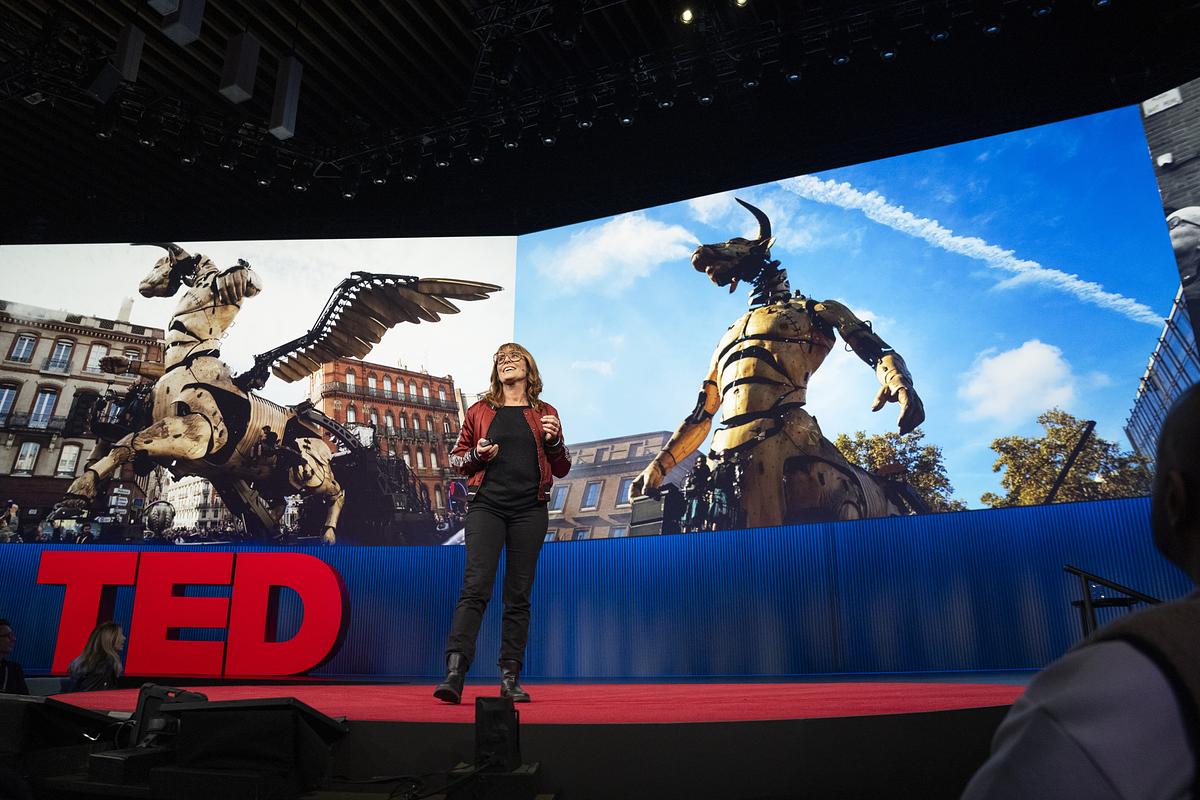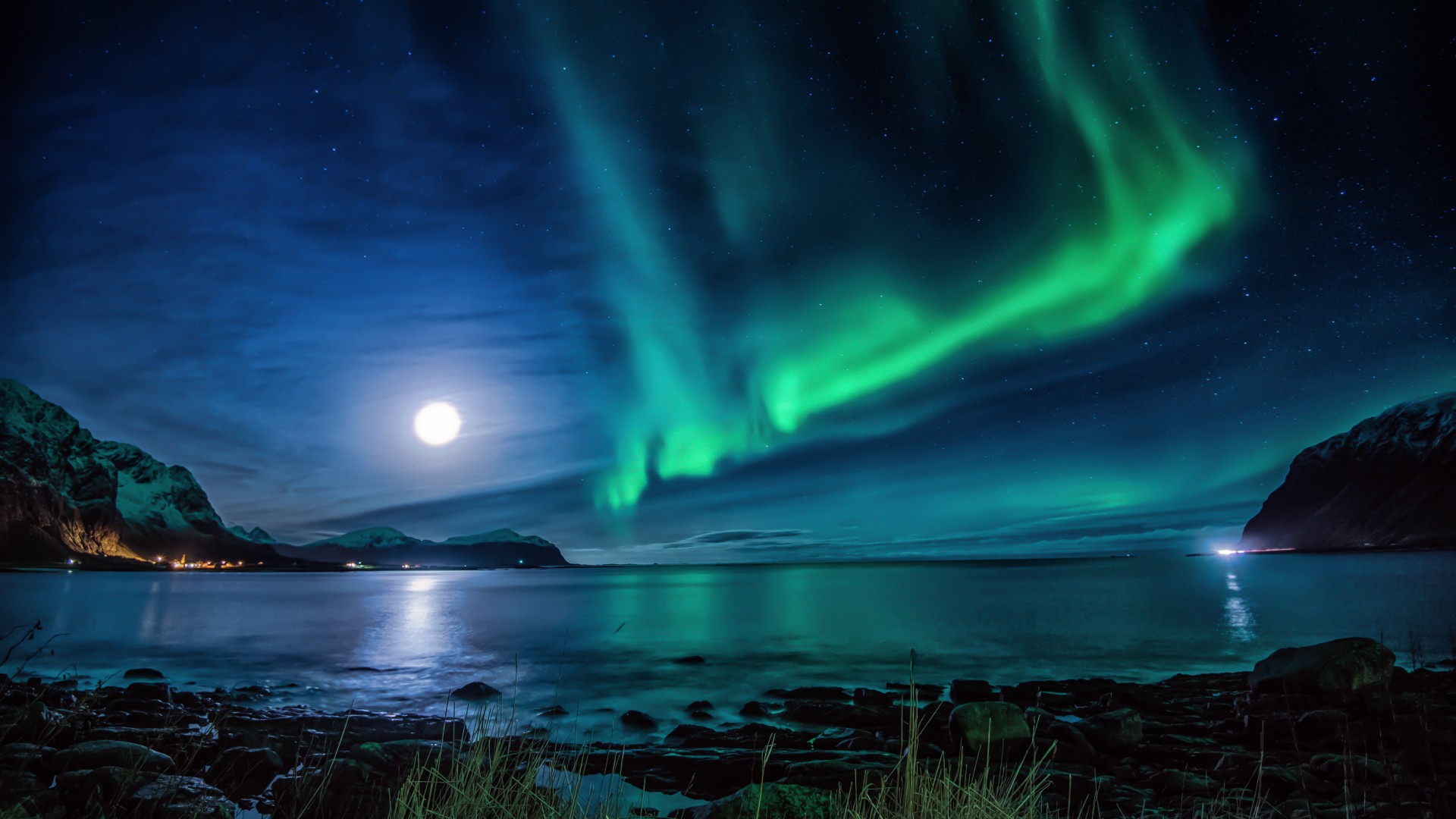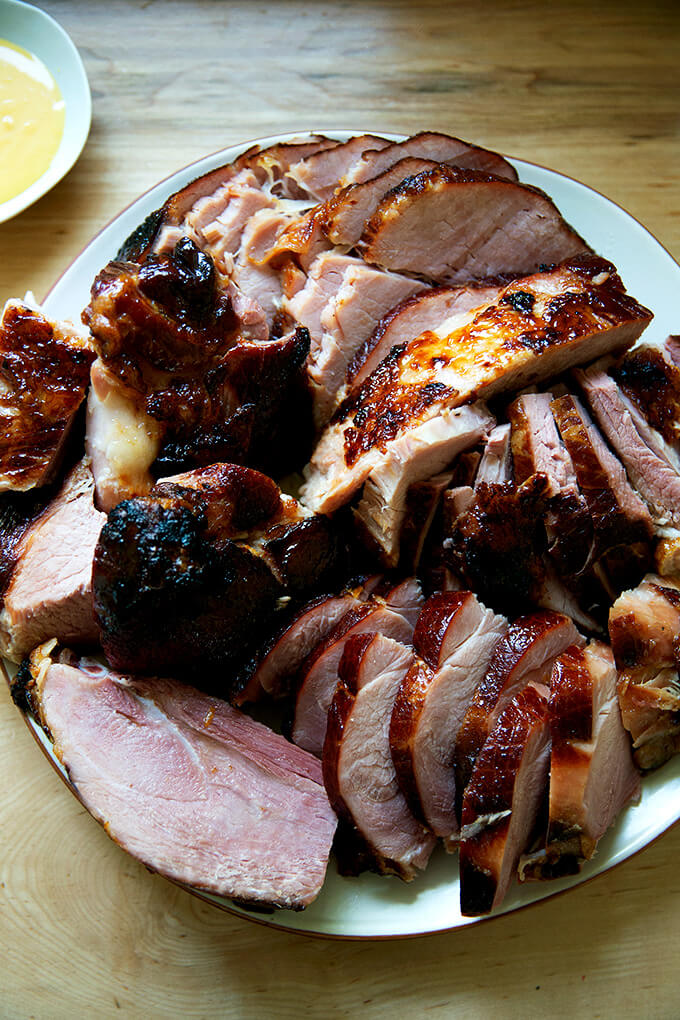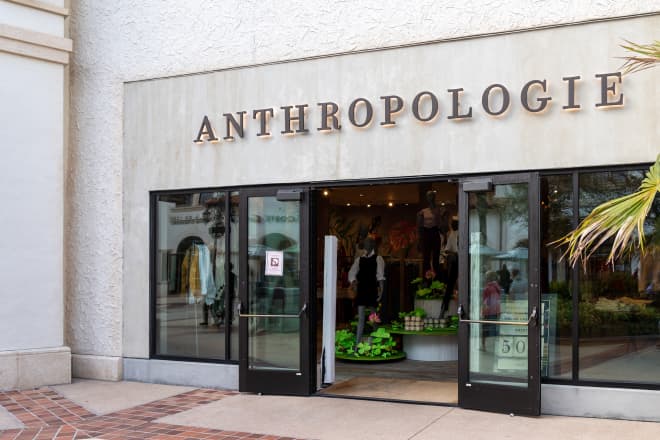Plasticine men and giant goddess women: why Ken Kiff’s brilliant, bizarre art is getting a second look
A new exhibition celebrates the British painter, who was overlooked in the brash 90s, but now whose idiosyncratic work as artist in residence at the National Gallery is being newly celebratedKen Kiff was a brilliant odd one out in post-second world war British painting. In works that sing with colour and texture, he crafted wibbly-wobbly fables in which eyes and noses slide around faces, animals tower over mountains and dreaming, desiring, questing men are rendered poignantly goofy. Looking to modernist greats such as Klee and Miró, Kiff made colour a defining principle, mixing abstraction with recurring symbols culled from a private mythology that included birds, salamanders, mountains, water, goddess-like women and the “Little Man”, a diminutive chap with a bendy body vulnerable as plasticine, who walks a lonely path. His was a bombast-free take on life’s agony and ecstasy, as idiosyncratic as it is relatable and human.When Kiff died aged 65 in 2001, his reputation was that of a bygone artist’s artist, whose heartfelt dedication to his medium and the creative process was far removed from the arch, brash conceptual output of the then-dominant YBAs. Now, though, appreciation of his prolifically produced, personal work is growing afresh. “He speaks to a younger generation, partly in terms of his mix of abstraction and figuration,” says Ella-Rose Harrison, the director of Hales Gallery, where a new exhibition looks back to his 18 months from 1992 to 1993 as “associate artist” in residence at London’s National Gallery. “There’s also a different engagement with his themes,” she adds, “bringing the mythical into the everyday, or psychologically charged space.” Continue reading...

A new exhibition celebrates the British painter, who was overlooked in the brash 90s, but now whose idiosyncratic work as artist in residence at the National Gallery is being newly celebrated
Ken Kiff was a brilliant odd one out in post-second world war British painting. In works that sing with colour and texture, he crafted wibbly-wobbly fables in which eyes and noses slide around faces, animals tower over mountains and dreaming, desiring, questing men are rendered poignantly goofy. Looking to modernist greats such as Klee and Miró, Kiff made colour a defining principle, mixing abstraction with recurring symbols culled from a private mythology that included birds, salamanders, mountains, water, goddess-like women and the “Little Man”, a diminutive chap with a bendy body vulnerable as plasticine, who walks a lonely path. His was a bombast-free take on life’s agony and ecstasy, as idiosyncratic as it is relatable and human.
When Kiff died aged 65 in 2001, his reputation was that of a bygone artist’s artist, whose heartfelt dedication to his medium and the creative process was far removed from the arch, brash conceptual output of the then-dominant YBAs. Now, though, appreciation of his prolifically produced, personal work is growing afresh. “He speaks to a younger generation, partly in terms of his mix of abstraction and figuration,” says Ella-Rose Harrison, the director of Hales Gallery, where a new exhibition looks back to his 18 months from 1992 to 1993 as “associate artist” in residence at London’s National Gallery. “There’s also a different engagement with his themes,” she adds, “bringing the mythical into the everyday, or psychologically charged space.” Continue reading...









































































